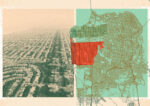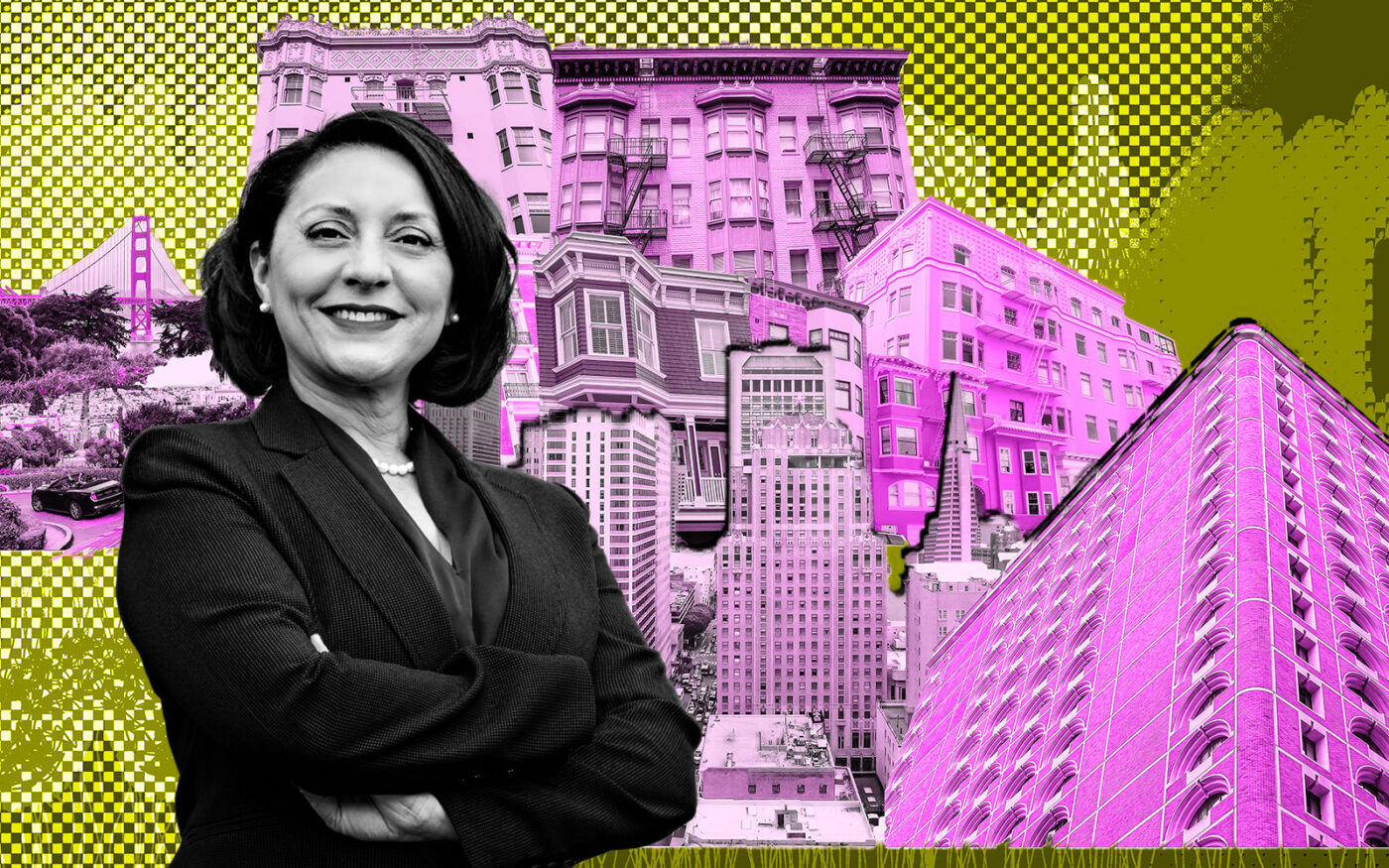While San Francisco officials have pitched plans to upzone transit corridors to make way for thousands of homes, residents are shocked by the results.
The reality of those blueprints are now sinking in for neighborhoods such as Lakeside, where the city proposes to allow 85-foot-tall apartment buildings next to single-family homes, the San Francisco Chronicle reported.
“We were blindsided,” resident Barb Debaun, who attended a recent community meeting on the proposed housing plan, told the newspaper. “It was presented as if it were a done deal. What they are planning would have a destructive impact on the quality of life in this neighborhood.”
City officials seek to build thousands of new housing units required by the state by allowing taller apartment buildings on transit corridors, including wide boulevards such as Geary, Irving and Judah. But critics blasted the “one-size-fits-all” policy they say will severely impact historic neighborhoods.
When Lakeside residents saw the proposed rezoning map, they were baffled to discover that nearly half their neighborhood of narrow one-way streets and single-family homes across 19th Avenue from Stonestown Galleria was targeted for eight-story buildings.
Even residents and city leaders who agree with the Planning Department’s goals of “expanding housing affordability and availability” through increased density say they weren’t prepared for the result.
In Lakeside, the proposed upzoning is driven by how it backs up onto 19th Avenue, which is served by the M-Oceanview line. The 147 properties on the west side of Stonecrest and Denslowe drives look, on paper, like they’re on 19th Avenue.
But none of the homes have entrances on 19th Avenue. While the rear yards back up onto 19th, the houses face narrow one-way streets.
“It’s like someone took a highlighter and went ‘whoosh’ along 19th Avenue,” Supervisor Myrna Melgar, who represents Lakeside, told the Chronicle. “Rezoning single-family homes to 85 feet on a narrow, one-way street is not appropriate, but you wouldn’t know that unless you walked the neighborhood.”
Another 109 homes along Junipero Serra Boulevard will be rezoned from 26 feet to 65 feet.
The proposed rezoning would increase height limits of a total 256 parcels, 43 percent of all the homes in Lakeside, according to Katherine Petrin, an architectural historian and preservation planner who lives in the neighborhood.
Lakeside, a streetcar suburb known for picket fences targeting the “San Francisco executive or professional man,” was developed in the 1930s and 1940s by Henry Stoneson and his brothers, according to an article by Western Neighborhoods Project.
Resident Jim Hurlihy agrees that there are some sites where more density is appropriate. But he called the current rezoning plan “sloppy, one-size-fits-all.”
He said the rezoning is fast-tracked because of pressure from state housing regulators, which could withhold funding if the city fails to meet a state-mandated goal of planning for 82,000 homes by 2031.
“It’s a knee-jerk reaction to what is going on in Sacramento, a flawed process the consequences of which we are going to have to live with for decades,” Hurlihy, a Lakeside resident since 1987, told the Chronicle. “How many other neighborhoods haven’t read the fine print and will be stuck with this kind of stealth upzoning?”
City planners say change is needed to “increase housing affordability for low- and middle-income households, and help advance racial and social equity.”
San Francisco wants to ditch zoning that has been used to “reinforce patterns of economic and racial segregation” and exclude low- and middle-class families, according to the Planning Department’s website on the rezoning.
Planning Department Chief of Staff Dan Sider stressed that the rezoning plan will “continue to evolve” as it goes through the approval process at the Planning Commission and the Board of Supervisors.
“The current proposal is focused on transit routes, commercial streets and major roadways,” Sider told the Chronicle. “We recognize that Lakeside’s established pattern of single-family homes adjacent to significant thoroughfares is unusual.
“Without question, this will be part of the conversation as we move ahead.”
— Dana Bartholomew
Read more



